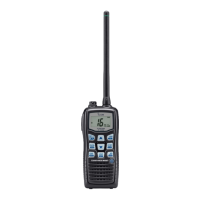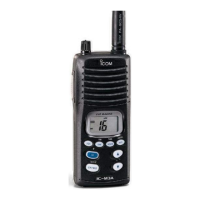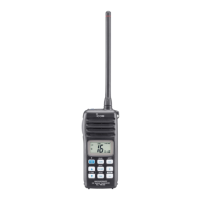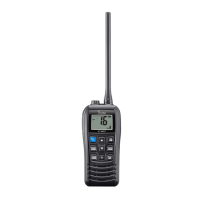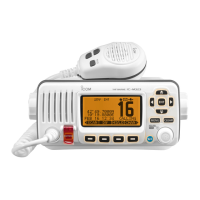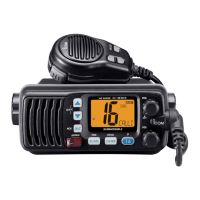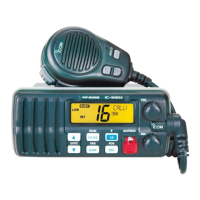How to turn on beep sounds on Icom Transceiver?
- JJames FlemingSep 9, 2025
If you're not hearing any beep sounds on your Icom Transceiver, the beep tone function is likely turned OFF. To turn it back ON, go to the set mode and set the beep tone function to ON (either Fix Beep or User Beep).
